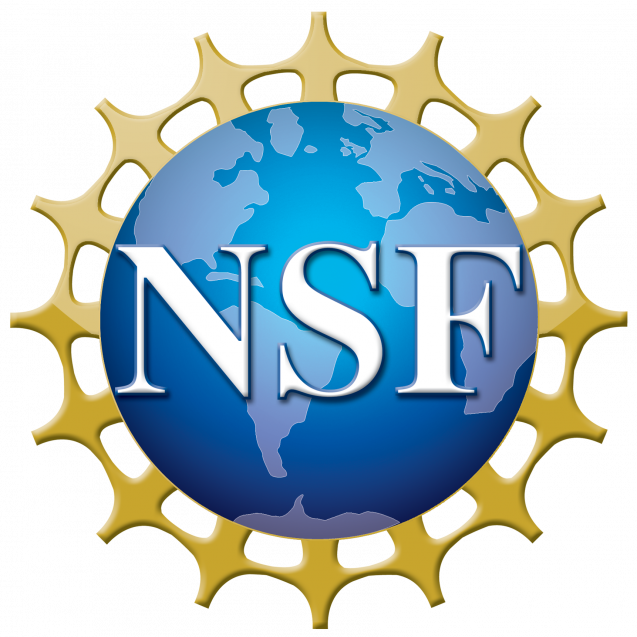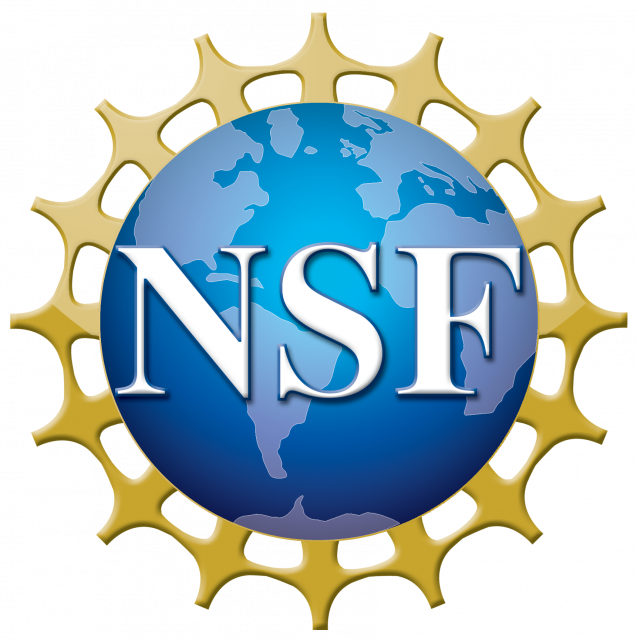Research
Reconciling carbon export and flux attenuation pathways in the mesopelagic zone at the Bermuda Atlantic Time-series Study site
Photosynthesis produces approximately 100 gigatons of organic carbon per year in the surface ocean, but only a small fraction of this carbon settles into the mesopelagic zone due to extensive respiration and remineralization by heterotrophic bacteria and zooplankton. Studies have demonstrated significant imbalances between carbon supply and demand in the mesopelagic layer, particularly in cases where particle flux attenuation is up to two orders of magnitude lower than heterotrophic metabolism. This suggests that particle export alone is insufficient to meet the carbon demand of mesopelagic biota and that additional, unaccounted-for sources of organic carbon must exist. Our NSF Chemical Oceanography project aims to reassess the mesopelagic carbon budget at the Bermuda Atlantic Time-series Study site by developing a high-resolution model capable of resolving various carbon export and attenuation pathways. These include diel vertical migration of zooplankton (active flux), mixing of dissolved organic carbon, particle sinking, and attenuation, all integrated within a hybrid modeling framework.
Investigating the impacts of episodic events on sea ice, phytoplankton composition, and air-sea carbon fluxes in the West Antarctic Peninsula
The Southern Ocean plays a crucial role in global carbon cycling and air-sea CO₂ exchange, but uncertainties remain regarding its net CO₂ flux, particularly near the West Antarctic Peninsula (WAP). Observational data from profiling floats and atmospheric models yield conflicting estimates of CO₂ uptake, highlighting the need for improved regional assessments. Our NASA Interdisciplinary Research in Earth Sciences (IDS) project integrates long-term ecological research, satellite remote sensing, and biogeochemical models to study phytoplankton dynamics, sea ice variability, and their influence on air-sea CO₂ exchange. Recent analyses suggest that contrary to expectations of earlier phytoplankton blooms, bloom timing has shifted later in some regions, extending biological production into the fall and impacting CO₂ fluxes. By leveraging hyperspectral satellite missions, Imaging Flow CytoBot data, and coupled models, we aim to quantify phytoplankton community composition, refine estimates of net primary production and CO₂ uptake, and assess how physical and biological drivers shape long-term trends in WAP carbon cycling.
Projecting the functioning of the biological pump and its climate feedback in the West Antarctic Peninsula
The WAP is a region of significant oceanographic and ecological variability, with complex interactions between physical and biogeochemical processes. However, the dynamics governing these processes and their influence on marine ecosystems, particularly the biological pump, remain uncertain. Our NSF Office of Polar Programs project aims to address these knowledge gaps by developing a novel hybrid modeling framework that integrates observational data from long-term ecological research programs with advanced AI/ML techniques, as well as a mechanistic biogeochemical model with data assimilation and parameter optimization. By leveraging these approaches, this project seeks to quantify the factors influencing the biological pump and air-sea CO₂ flux in the WAP coastal region. We investigate key physical and biological drivers, such as sea ice dynamics, freshwater inputs, stratification, and phytoplankton community composition, to understand their role in regulating carbon export and uptake. Additionally, simulations from the Earth System Models are incorporated to assess potential variations in carbon cycling. We also aim to refine our understanding of vertical mixing's contribution to dissolved organic matter export, a process that remains insufficiently constrained in the WAP carbon budget.
Bridging the "Bacteria Gap" in Earth System Models: Multi-scale modeling of marine microbial metabolism
Marine heterotrophic bacteria are the hidden architects of ocean biogeochemistry, processing vast quantities of carbon through complex metabolic networks that determine whether it is respired back to the upper ocean-atmosphere or sequestered in the deep sea. However, the absence of mechanistic bacterial metabolism in current Earth System Models severely limits our ability to predict how these processes will respond to and influence environmental fluctuations. Our NSF Center for Chemical Currencies of a Microbial Planet (C-CoMP) project aims to bridge this critical "bacteria gap" by developing a multi-scale modeling framework that integrates metabolic translators with ocean biogeochemical models. By leveraging AI/ML, we develop computational tools that translate microbial metabolism, modeled through genome-scale Flux Balance Analysis, into ecosystem-scale processes within coupled biogeochemical models. This AI-driven approach enables effective scale transitions, allowing for a more mechanistic representation of microbial functions in gloal ocean biogeochemical models.
Quantifying the risks and efficacy of ocean alkalinity enhancement in the Northeast United States shelf and slope region
Ocean Alkalinity Enhancement (OAE) is a process that alters seawater carbonate chemistry by introducing alkaline materials, influencing the balance of dissolved inorganic carbon and buffering capacity in marine environments. Our Locking Ocean Carbon in the Northeast Shelf and Slope (LOC-NESS) project aims to study the feasibility, effectiveness, and potential ecological impacts of OAE through an integrated approach combining fieldwork, laboratory experiments, and numerical modeling. The laboratory experiments focus on evaluating the biological responses of key marine species and assessing the engineering safety of alkalinity additions under controlled conditions. To test OAE in real-world environments, we conduct small-scale, highly monitored field trials, including the release of non-toxic tracer dyes and liquid alkalinity in offshore waters. The insights gained from these trials feed into our coupled physical-biogeochemical ocean model, which simulates broader regional effects, helping to predict changes in ocean chemistry, carbon uptake, and potential ecosystem responses. Recognizing the importance of community engagement, we actively collaborate with stakeholders, including coastal communities, fisheries, regulatory agencies, and environmental organizations, to share research findings and incorporate local perspectives into decision-making processes.





